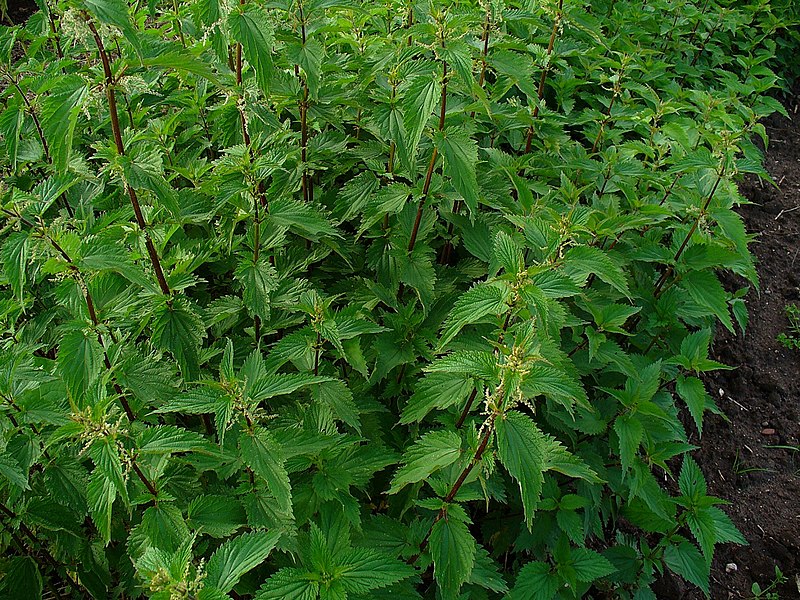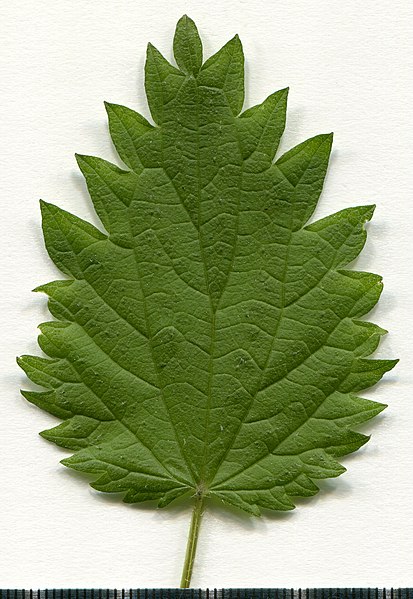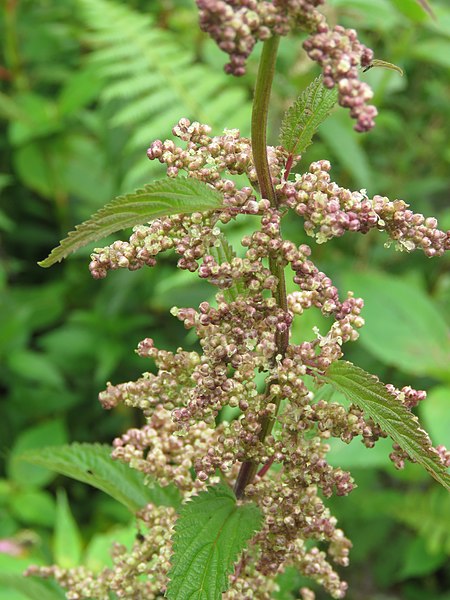Stinging Nettle Identification – Urtica dioica
Heads up
Stinging Nettle, also known as Urtica dioica, belongs to the Urticaceae family. Apart from “Stinging Nettle”, it’s sometimes also referred to as the “California Nettle”, especially in regions around California.
Stinging Nettle: Key Parts in Photos




Where to find it
Typically, you’d find Stinging Nettle in moist fields, open woods, thickets, and even along the edges of water sources like shores or wet ditches. They are a native species and have a life cycle that spans multiple years. They’re not tiny plants either; they can range from 1 foot to a tall 6 feet.
How to identify Stinging Nettle
Stinging Nettle’s flowers are small and not easy to distinguish. They can range from a creamy green shade to a soft pinkish hue. What’s interesting is that they have both male and female flowers, typically on the same plant. These flowers gather in clusters right where the leaf joins the stem. From a distance, these clusters might look a bit like little greenish knobs.
The leaves of the Stinging Nettle grow opposite each other on the stem and are shaped somewhere between an oval and a lance-tip. They’re about 3 to 6 inches long. If you look closely, the edges of the leaves are like tiny saw-teeth. The top side of the leaf is mostly smooth, while the bottom can range from smooth to slightly hairy. And here’s where you need to be careful: some of these hairs can sting!
The leaf stalk also have these stinging hairs. Near the point where the leaf attaches to the stem, you might notice a pair of tiny, spear-like stipules. The stem of the plant stands tall and might have some branches near the bottom. These stems might also have a mix of soft fuzzy hairs and the stinging ones.
After flowering, it’s time for the Stinging Nettle to produce its fruit. It’s a very tiny seed. One Stinging Nettle plant can produce thousands of these seeds.
Want to learn more?

Disclosure: This post includes affiliate links. If you make a purchase through these links, we may earn a commission at no extra cost to you. We appreciate your support, as it helps keep this website running. Alternatively, you can search for the book title on Amazon if you prefer not to use the links. Thank you for your understanding and support!
